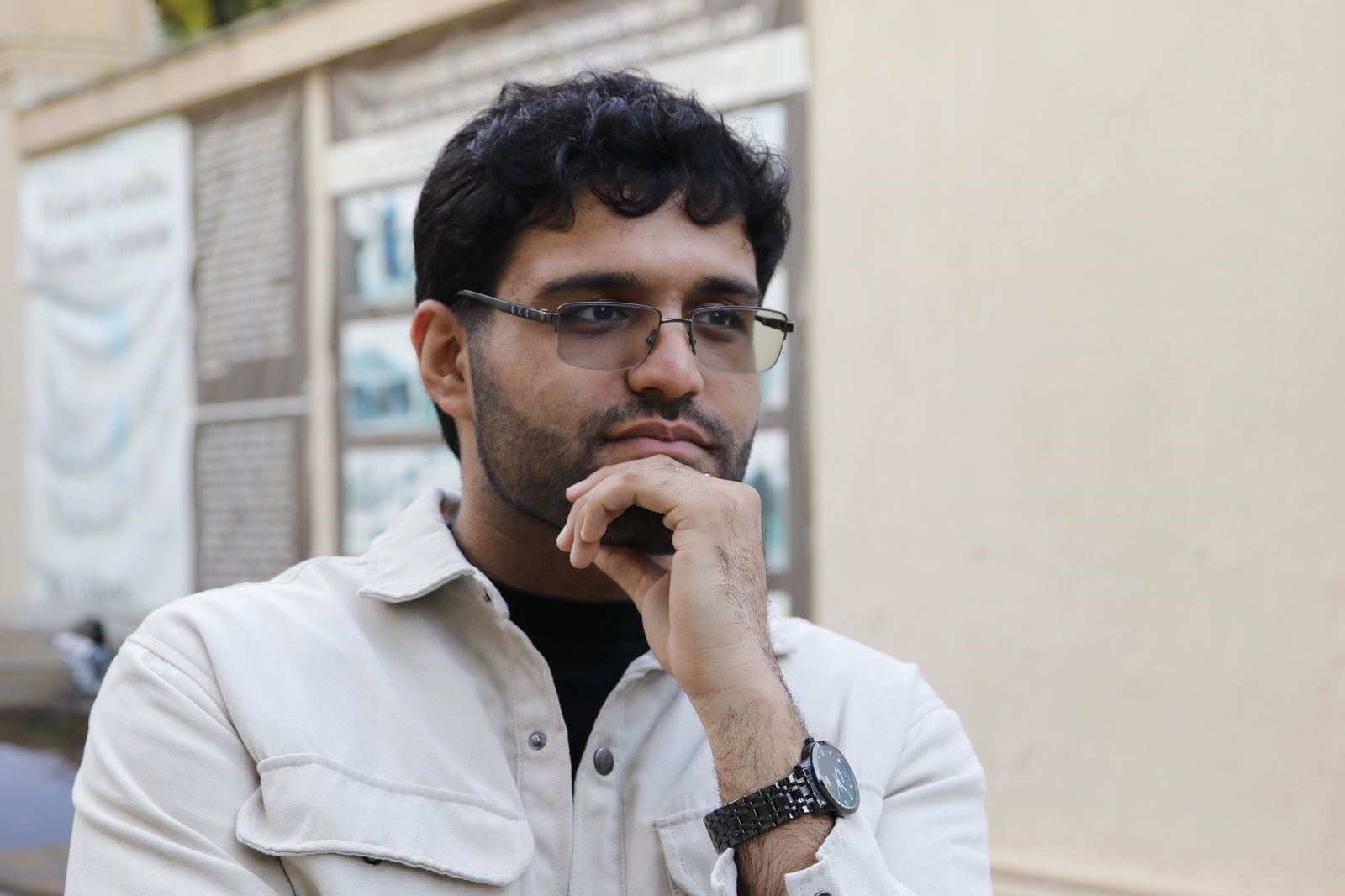Garabagh welcomes global travelers with safety & heritage in mind

Azerbaijan has taken a historic step by officially opening the doors of its recently liberated territories—Shusha, Lachin, Aghdam, Fuzuli, Khojaly, and Khankendi to foreign nationals. As of July 23, 2025, international travelers can now legally visit these regions, marking a powerful shift in the country's post-conflict reconstruction, integration, and tourism ambitions.
This landmark decision, announced jointly by the Ministry of Digital Development and Transport and the State Tourism Agency, allows foreign citizens to access the region via private vehicles or organized tours. All travel must be registered through the bilingual “Our Road to Garabagh” portal (www.yolumuzqarabaga.az), where visitors provide passport details and are briefed on landmine safety protocols—underscoring that security remains a priority even amid growing openness.
This is not merely an administrative change—it’s a declaration. It signals Azerbaijan’s readiness to showcase the heritage, resilience, and transformation of Garabagh to the world. For decades, these territories were inaccessible due to occupation and conflict. Today, they are being reintroduced to the global community as centers of culture, memory, and modernization.
Only Azerbaijani-registered motor vehicles (category B) with up to nine passengers are allowed for entry, and hotel reservations automatically generate entry permits. Meanwhile, group tours are restricted to officially registered tourism companies, ensuring safety and structure.
Tourism as a vector of revival
Tourism is viewed as a catalyst for economic revival, infrastructure investment, and social cohesion in liberated territories. By bringing in visitors, Azerbaijan is not only generating income and creating jobs—it is building a narrative of peace through progress. Perhaps, this is not the only addition to the decision. I think we should looking at this from a bigger picture. As part of niche tourism, an important development related to medical tourism has occurred. Therefore, according to the amendment to the Tax Code, it is planned that the VAT paid on non-cash payments for medical services provided to foreigners and stateless persons will be fully reimbursed to those individuals. This amendment aims to boost the growth of medical tourism in the country and attract foreign currency. The expert believes that implementing this concession, which is used in many countries around the world, will be especially important for developing medical tourism here. Because of this, tourist arrivals would have a significant rise in the number of people coming to our country for medical recreation and treatment.
Garabagh and East Zangezur, known for their breathtaking nature, offer ideal conditions for developing health and thermal tourism. The presence of natural water sources like "Istisu" in Kalbajar, "Gotursu" in Zangilan, and around 300 water sources in Lachin supports this idea. Combining ecological tourism, agrotourism, and health tourism in these regions is a practical approach, with abundant opportunities available. A program to revitalize tourism in our liberated areas has already been initiated.
According to data from the State Statistics Committee, Azerbaijan hosted 1,217,400 international visitors from 178 countries in the first half of 2025. The majority came from Russia (25.8%), Türkiye (17.6%), India (9.4%), and Iran (8.2%), followed by Georgia, Kazakhstan, Saudi Arabia, Pakistan, China, Israel, and Uzbekistan.
The most striking growth came from countries like Israel (up 1.9 times compared to the previous year), Tajikistan (1.8 times), China (1.6 times), and Japan (44.3%). The number of tourists from the United States increased by 17.7%, Germany by 11.1%, and Uzbekistan by 10.3%, indicating a surge in interest from both traditional partners and new markets.
Interestingly, 74.3% of foreign visitors arrived by air, 24.3% by road and rail, and 1.4% by sea—highlighting the importance of transportation infrastructure, which Azerbaijan has heavily invested in across the liberated regions. The upcoming operation of Fuzuli International Airport and other logistical projects like the smart village and smart city initiatives will further enhance accessibility and appeal.
Although the number of visitors from the Gulf countries and CIS nations decreased slightly, the uptick from EU countries (up 6.4%) and broader international markets demonstrates Azerbaijan’s growing global tourism footprint—and Garabagh is expected to be a magnet for that growth.
Garabagh is not just a destination; it is a symbol of Azerbaijan’s sovereignty, perseverance, and now, peaceful reintegration. The government has heavily invested in infrastructure—roads, smart energy grids, digital governance, and green zones—to ensure the region is not merely habitable, but competitive.
This push toward “smart” reintegration is more than a public relations exercise. It is designed to lure both diaspora and foreign investors, encourage cultural tourism, and support sustainable development goals. By permitting international access, Azerbaijan is offering the world a front-row seat to one of the most ambitious post-conflict recoveries in recent history.
Opening Garabagh to the world marks a confident step toward normalization, reintegration, and national pride. It provides a tangible opportunity for foreigners to witness firsthand the fusion of heritage and modernity, peace and perseverance, in a region that once symbolized conflict but now radiates promise.
Here we are to serve you with news right now. It does not cost much, but worth your attention.
Choose to support open, independent, quality journalism and subscribe on a monthly basis.
By subscribing to our online newspaper, you can have full digital access to all news, analysis, and much more.
You can also follow AzerNEWS on Twitter @AzerNewsAz or Facebook @AzerNewsNewspaper
Thank you!

